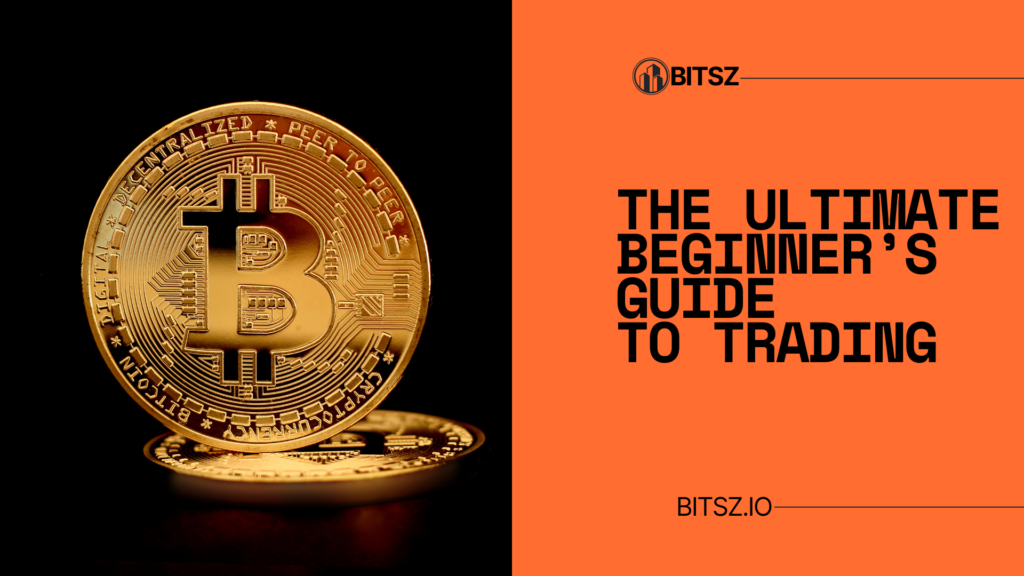The Ultimate Beginner’s Guide to Trading
Introduction
Trading is the act of buying and selling financial instruments like stocks, forex, and cryptocurrencies to make a profit. With the rise of online trading platforms, more individuals are participating in markets than ever before. Whether you are an investor looking to diversify your portfolio or an aspiring trader seeking consistent returns, understanding the fundamentals of trading is essential.
Understanding Trading Platforms
Modern trading platforms make it easy for traders to execute orders, analyze data, and automate strategies. Some of the most popular platforms include:
- TradingView: A powerful charting and analysis platform used by traders worldwide. Features include real-time market data, social networking tools, and highly customizable TradingView charts.
- MetaTrader (MT4 vs. MT5): MetaTrader 4 (MT4) and MetaTrader 5 (MT5) are two of the most widely used platforms for forex and stock trading. MT4 is preferred for forex traders, while MT5 offers more advanced trading capabilities, including more timeframes and asset classes.
Types of Trading Strategies
Successful traders adopt specific strategies based on their risk tolerance and market outlook. The most common approaches include:
- Day Trading: Buying and selling assets within the same day to capitalize on short-term price movements.
- Swing Trading: Holding positions for several days or weeks to capture medium-term price fluctuations.
- Intraday Trading: Similar to day trading, but focuses on small, frequent trades to maximize daily profits.
- Copy Trading: A method that allows beginners to automatically copy trades from experienced traders, reducing the learning curve.
The Role of Candlestick Patterns in Trading
Candlestick patterns play a crucial role in technical analysis. They help traders understand market sentiment and predict price movements. Some of the most important candlestick patterns include:
- Bullish Engulfing: A strong reversal pattern indicating a potential uptrend.
- Doji: Represents market indecision and signals a possible trend change.
- Hammer and Inverted Hammer: Indicate potential reversals in a downtrend.
- Shooting Star: Suggests a possible price decline after an upward trend.
Forex Trading Explained
Forex trading (foreign exchange trading) involves the buying and selling of currency pairs. The forex market is the largest and most liquid financial market in the world, operating 24/5. Key factors influencing forex trading include:
- Economic Indicators: GDP, employment rates, and inflation impact currency value.
- Interest Rates: Higher interest rates attract foreign investment, strengthening a currency.
- Political Stability: Countries with stable governments and economies tend to have stronger currencies.
Cryptocurrency Trading
Crypto trading has gained popularity due to its high volatility and potential for significant returns. The most traded cryptocurrency is Bitcoin, but thousands of altcoins exist. Key aspects of crypto trading include:
- Spot Trading: Buying and selling actual cryptocurrencies.
- Futures Trading: Trading contracts that predict future prices without owning the asset.
- Liquidity and Volatility: Crypto markets are highly volatile, creating opportunities for high profits and losses.
Stock Trading Essentials
Stock trading involves buying and selling shares of publicly traded companies. There are two primary methods:
- Long-Term Investing: Holding stocks for years to benefit from company growth.
- Short-Term Trading: Taking advantage of price fluctuations within shorter time frames.
Best Practices for Online Trading
To succeed in online trading, traders should follow key best practices:
- Risk Management: Use stop-loss orders to limit potential losses.
- Emotional Discipline: Avoid impulsive trades driven by greed or fear.
- Diversification: Spread investments across different assets to minimize risk.
- Continuous Learning: Stay updated with market trends, news, and trading strategies.
Conclusion
Trading offers opportunities for financial growth, but it requires knowledge, patience, and discipline. Whether you’re interested in forex trading, crypto trading, or stock trading, using the right trading platforms and strategies can significantly improve your success rate. Keep learning, stay disciplined, and practice effective risk management to thrive in the trading world.
FAQs
- What is the best trading platform for beginners?
TradingView is great for analysis, while MT4 is best for beginner forex traders due to its simplicity and extensive educational resources. - Is day trading profitable?
Yes, but it requires skill, strategy, and risk management to be consistently profitable. - What’s the difference between swing trading and day trading?
Swing trading holds positions for days or weeks, while day trading closes all trades within the same day. - How do I start trading with minimal risk?
Start with a demo account, use small position sizes, and set stop-loss limits to protect your capital. - Can I trade crypto on TradingView?
Yes, TradingView supports crypto trading analysis and integrates with multiple crypto exchanges.
